In Head of a Moose Huron-Wendat artist Zacharie Vincent (1815–1886) demonstrates his close observation of nature and his skill in conveying a powerful sense of the animal. The drawing also evokes the creation myth of the Wendat chiefs, which tells the story of the twins Tsestah (Made of Fire) and Tawiskaron (Made of Flint). Tsestah was the first to take up the task of creation, and to protect humanity from hunger, labour, and pain he made the plains, the forests, the rivers, fruit-bearing trees, and fish without scales. Tawiskaron, to prevent humanity from becoming too comfortable, then sowed disorder and difficulty, creating mountains, swamps, rapids, the north wind, ferocious animals, and fish covered with scales. Each brother had the power to modify the other’s work, but not to reverse it completely; thus, the principles of Good and Evil were not antithetical but complementary.
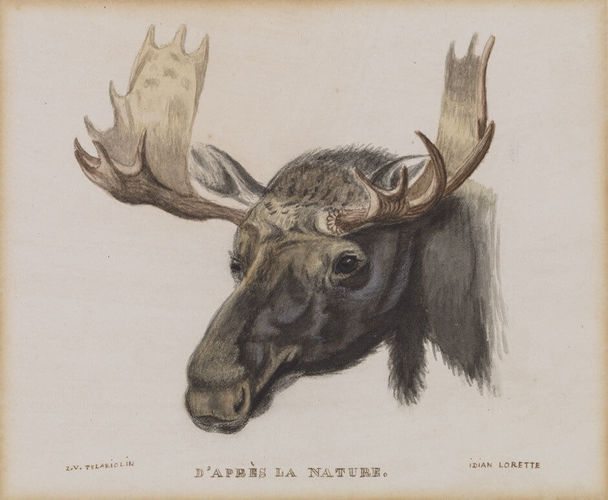
Zacharie Vincent, Head of a Moose, from Nature, c.1855
Watercolour and graphite on paper mounted on cardboard, 16 x 18.1 cm, Musée national des beaux-arts du Québec
When Tsestah discovered that Tawiskaron was frightened by deer’s antlers, he created antlers throughout the land and used them to stab his brother. Tawiskaron’s blood flowed, and it was transformed into flint. Tsestah then created the Wendat civilization, which lived on Great Turtle Island.
Tsestah—benefactor and protector, the one who created and preserved order—was the mythic forerunner of all the chiefs, and deer were thus associated with chiefdom. When Vincent created Head of a Moose he was evoking the mythic symbolism of antlers and associating it with the political and religious power of the Huron chiefs.
This Spotlight is excerpted from Zacharie Vincent: Life & Work by Louise Vigneault.
 Stitching the Archives
Stitching the Archives
 A Working-Class Hero
A Working-Class Hero
 Imagining Entangled Futures
Imagining Entangled Futures
 Bridging Far and Near
Bridging Far and Near
 Soft Power
Soft Power
 Imagining Emancipation
Imagining Emancipation
 A Priceless Portrait
A Priceless Portrait
 Meditation in Monochrome
Meditation in Monochrome
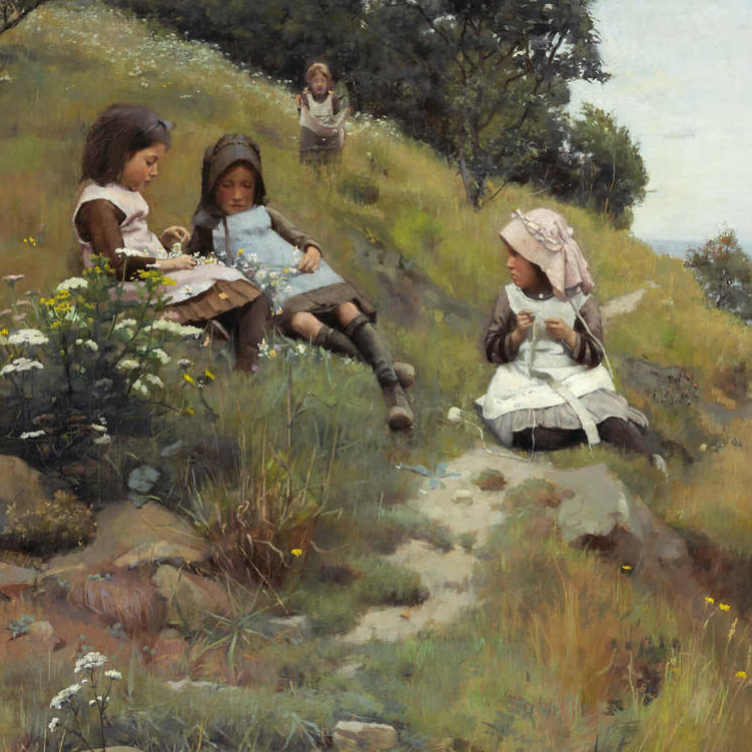 Making His Mark
Making His Mark
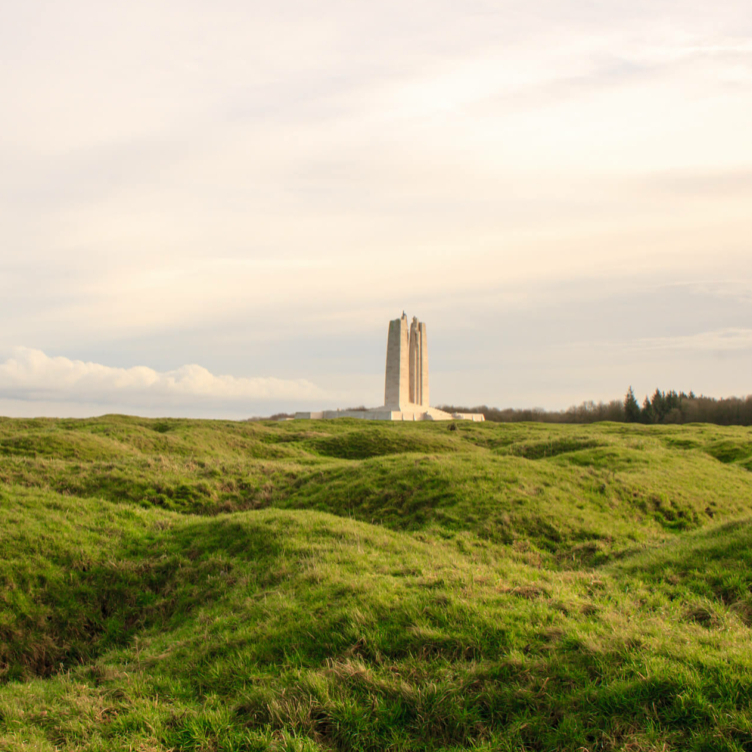 Honour and Sacrifice
Honour and Sacrifice
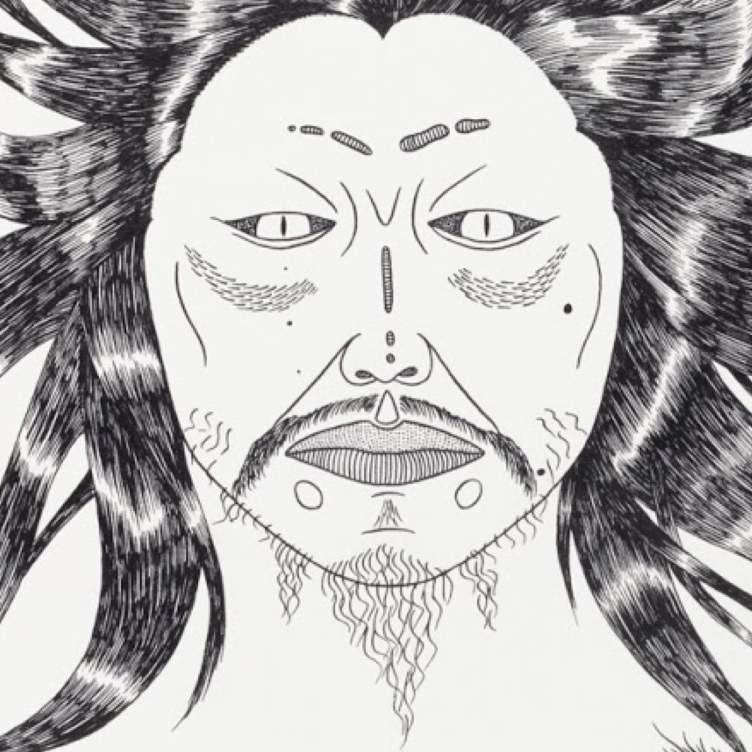 A Monstrous Vision
A Monstrous Vision
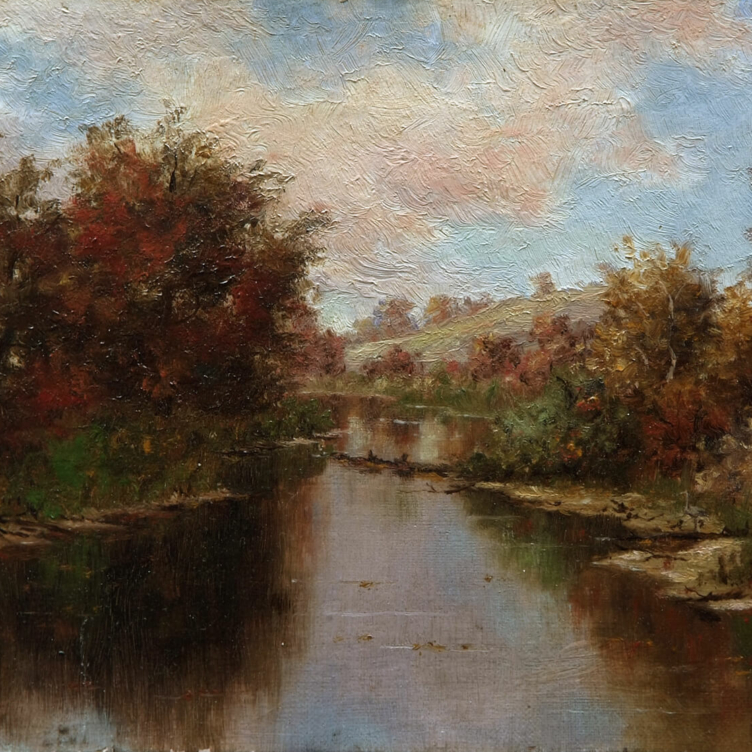 Remote Beauty
Remote Beauty
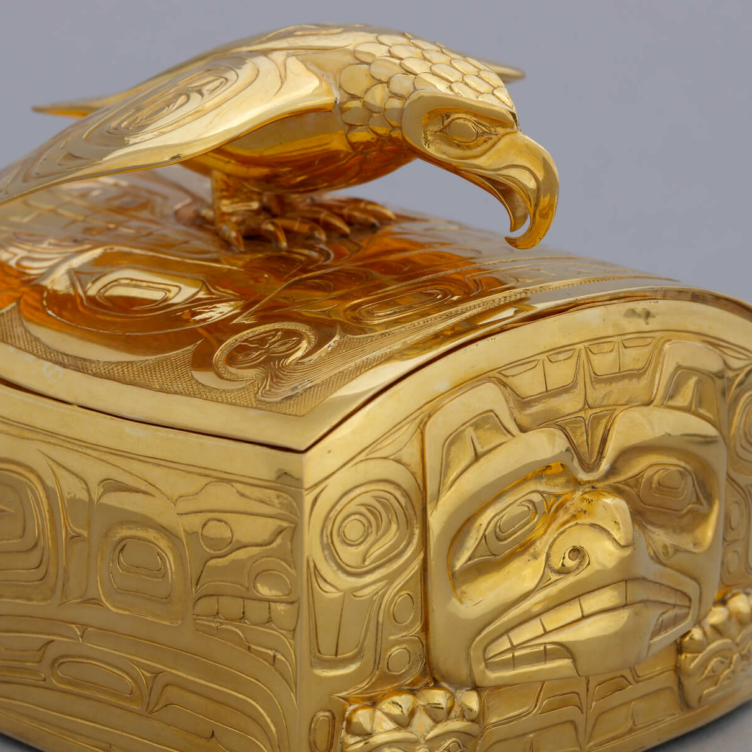 Pride and Resistance
Pride and Resistance
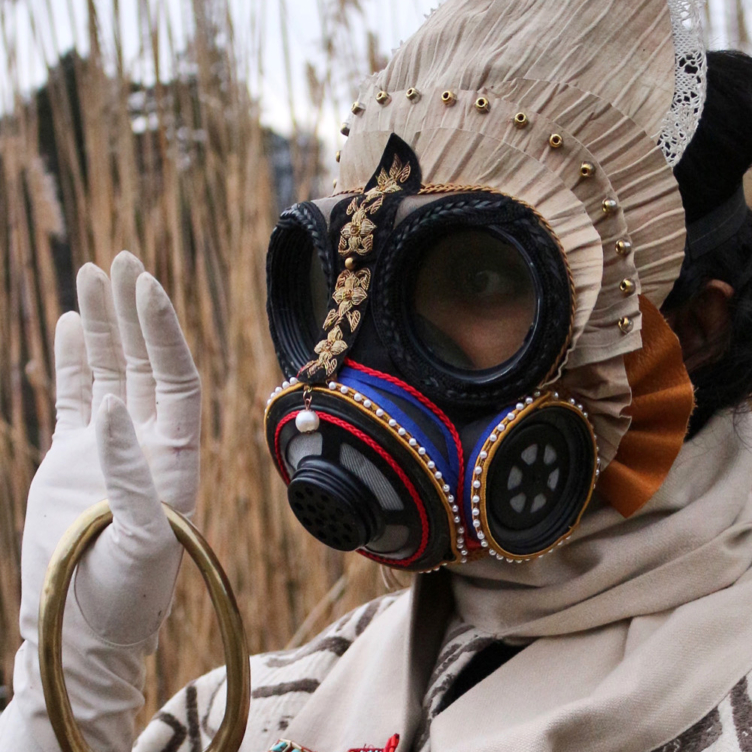 Dressed for Danger
Dressed for Danger
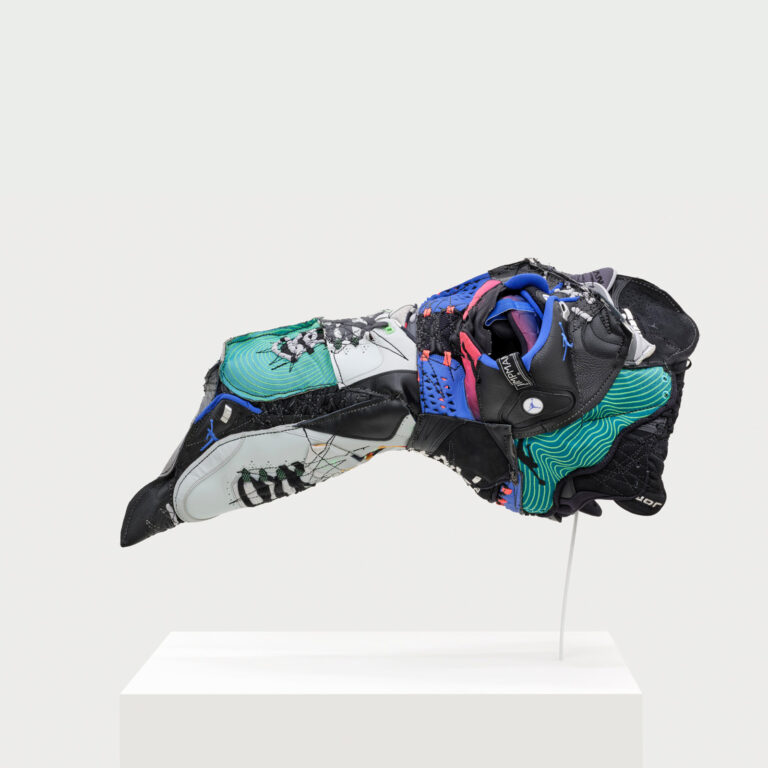 Masks from the Past
Masks from the Past
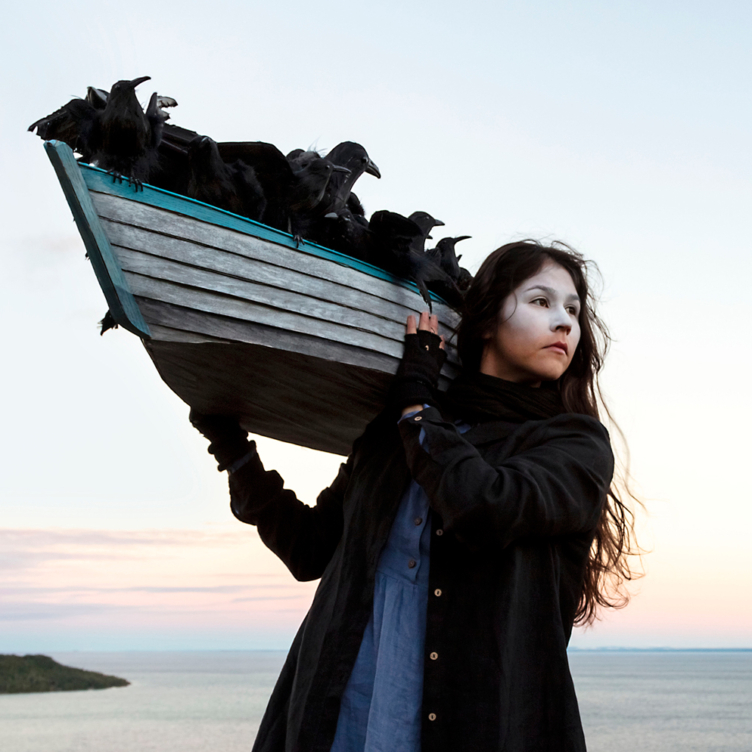 Lessons from the Land
Lessons from the Land
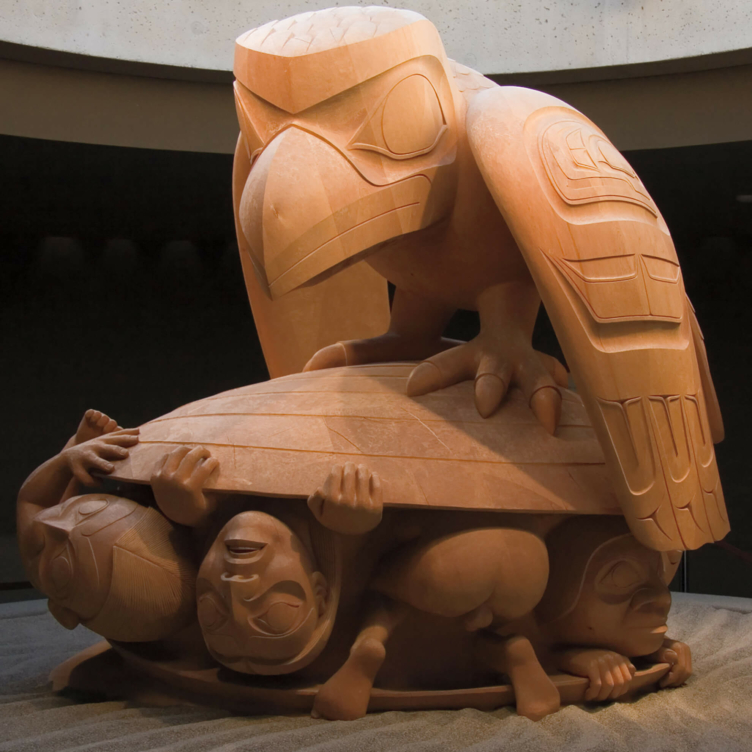 A Cultural Hero
A Cultural Hero
 Food for Thought
Food for Thought
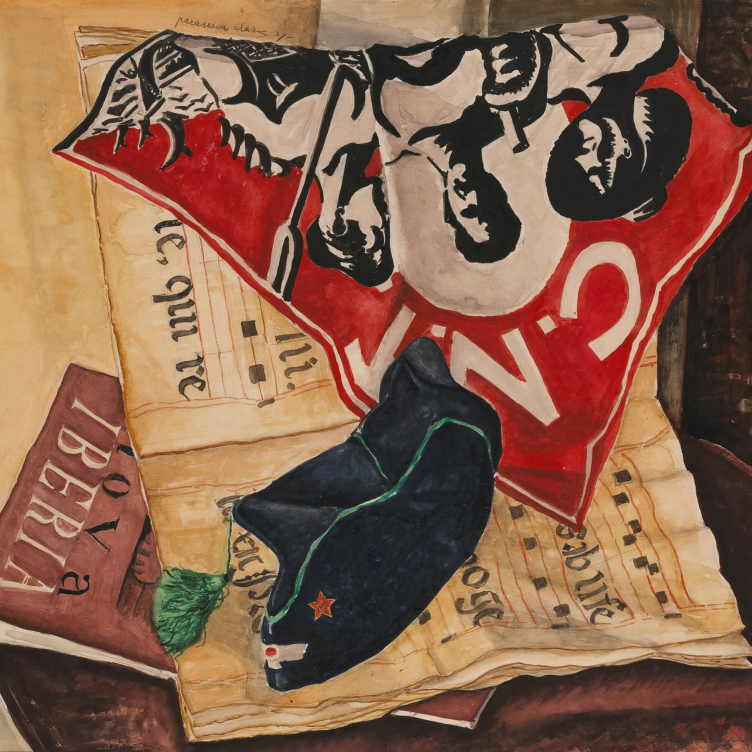 A Passion for Activism
A Passion for Activism
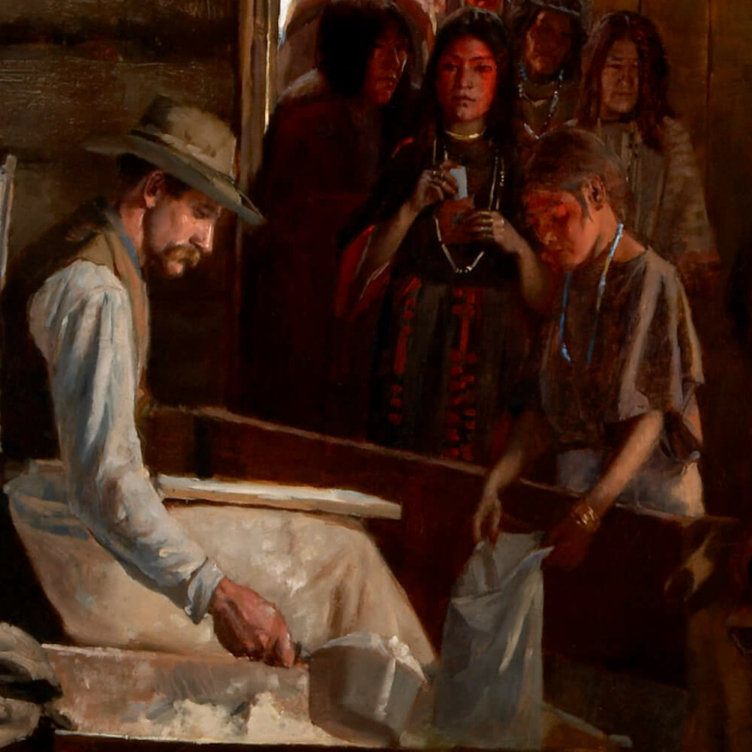 Starvation and Scandal
Starvation and Scandal